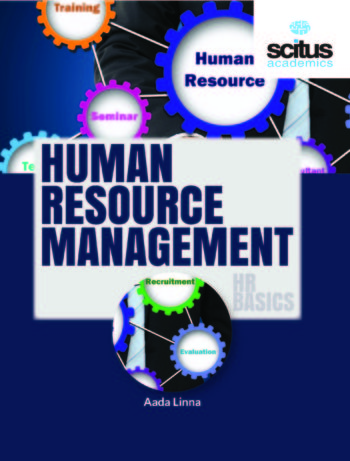Employee engagement is the holy grail for every business leader. It’s described in a variety of ways but generally defined as when employees fully invest emotionally, mentally, and physically so they focus on achieving the organization’s objectives. Getting commitment is an elusive aspect to managing people. The business organizations are aware of the importance of employee commitment and its role in motivating employees. As easy it is to obtain it can also be lost. Gaining or losing employee commitment, from one day to the next, happens quickly. Employee commitment is one of several central themes that appear in every employee. As a word, commitment is present in the majority of employee literature. But what is commitment? Organisational commitment is the bond employees experience with their organisation. Broadly speaking, employees who are committed to their organisation generally feel a connection with their organisation, feel that they fit in and, feel they understand the goals of the organisation. The added value of such employees is that they tend to be more determined in their work, show relatively high productivity and are more proactive in offering their support. When things go well, employee engagement leads to employee retention and balancing behavior-reinforcing performance rewards. During economic distress business leaders are concerned about commitment and managing negative employee’s expectations. The level of commitment relates to several aspects such as satisfaction, turnover, cognitive resonance between different hierarchical levels, and performance on the job. The complexity in and importance of understanding employee commitment thus makes it a key feature of managerial task. This monograph examines the body of knowledge from past research to reflect on such commitment and issues in harnessing it.
Handbook of Employee Commitment provides a conversant review of theory and research relevant to employee commitment in the workplace, drawing its value for both employers and employees and identifying crucial factors in its development, maintenance or decline.
In today’s competitive world every organization is facing new challenges regarding sustained productivity and creating committed workforce. Now a days no organization can perform at peak levels unless each employee is committed to the organizations objectives. Hence, it is important to understand the concept of commitment and its feasible outcome. This book is valuable for managers and management consultants and researchers involved in the latest developments in the field as well as for international scholars who will benefit from its guidance on how to approach research in inimitable cultures.













